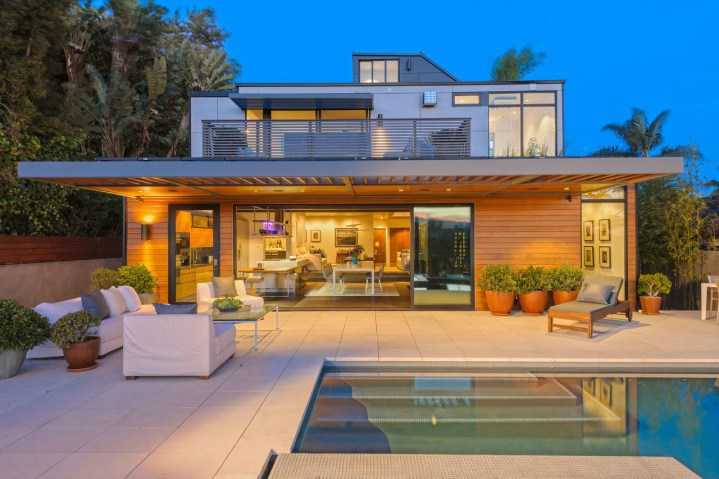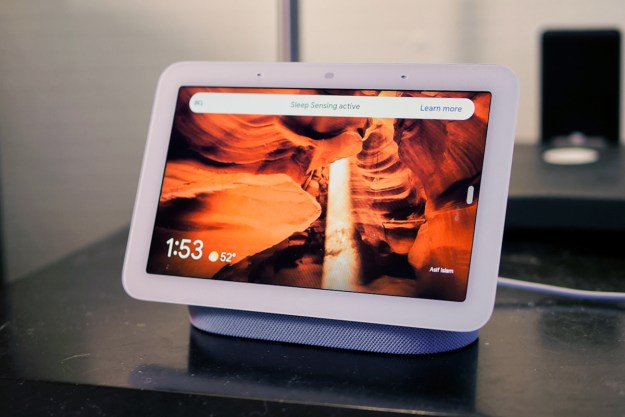
Following Amazon’s multiproduct Alexa hardware rollout, the Amazon Alexa Fund invested in Plant Prefab, a Rialto, California-based prefabricated home startup, according to Curbed.
Backing a prefabricated housing firm, especially a company focused on smart home tech and particularly on Alexa, is a strategic move that could bode well for home buyers as well as for the voice assistant-driven Amazon group. Plant Prefab also has a record of using sustainable building practices and materials.
The Alexa Fund is a $100 million Amazon venture capital division that invests in voice technology innovation. Earlier this year, for example, the fund invested in smart home thermostat maker Ecobee. As was the case with Ecobee, the Alexa Fund didn’t invest on its own, but in a funding round with other investors.
“Voice has emerged as a delightful technology in the home, and there are now more than 20,000 Alexa-compatible smart home devices from 3,500 different brands,” Paul Bernard, Alexa Fund’s director, said in a news release.
“Plant Prefab is a leader in home design and an emerging, innovative player in home manufacturing,” Bernard continued. “We’re thrilled to support them as they make sustainable, connected homes more accessible to customers and developers.”
Prefabricated homes, sometimes called modular homes, have notable quality control advantages over “stick-built” homes constructed on-site. Shipments of wood, drywall, and insulation, for example, aren’t left sitting in open lots exposed to the elements for days or even weeks at a time waiting for the weather to clear so locally contracted crews to use them to build a house.

Major sections of prefab homes are built in climate-protected, often climate-controlled, facilities using consistent materials suppliers and permanent labor forces. Once all the parts and pieces for a new home are ready, they are shipped or trucked to a building site where factory crews assemble the components on a prepared foundation. Finished prefab home construction onsite typically takes only a few days compared to months for conventional construction.

The Alexa Fund’s backing for Plant Prefab could point the way for other manufactured home companies to embrace smart home technology. Even with the wide implementation of wireless connectivity, smart home configuration takes planning for anything more than one or two components.
Prefab homes with strategically located power outlets, integrated network wiring, and appropriate cabinetry, for example, could make it relatively easy for homeowners to configure and update smart home components, especially compared to retrofitting existing homes. Until such tech considerations are standard throughout the residential construction industry, however, prefab building ventures are arguably better prepared to incorporate smart home-friendly in-home infrastructure into their plans than conventional builders.
Editors' Recommendations
- What to do if your Amazon Alexa app is not working
- Home Depot’s Hubspace is a great way to start building your smart home
- Blink Mini 2 vs. Blink Mini: Is Amazon’s new security camera a worthy upgrade?
- The 6 best Echo Hub tips and tricks
- Echo Hub vs. Echo Show 8: Which is the best option for your smart home?




